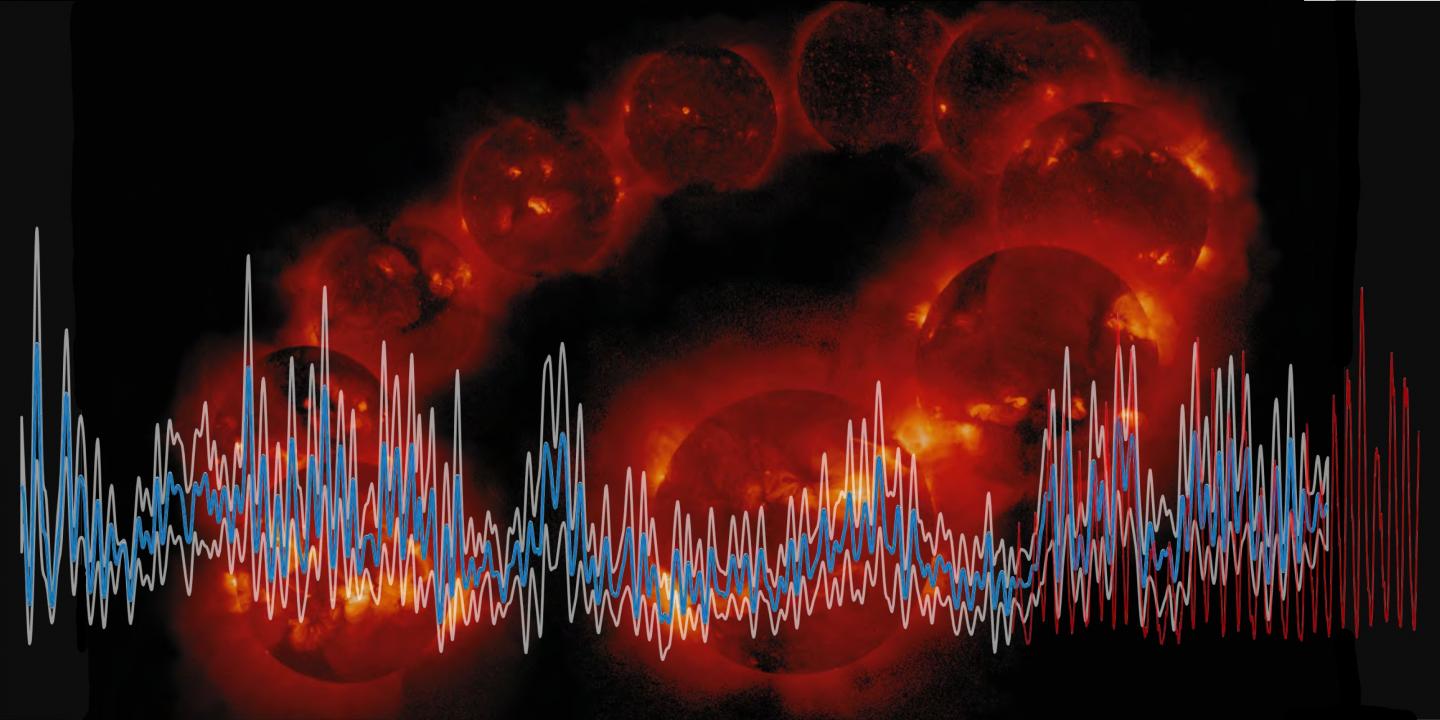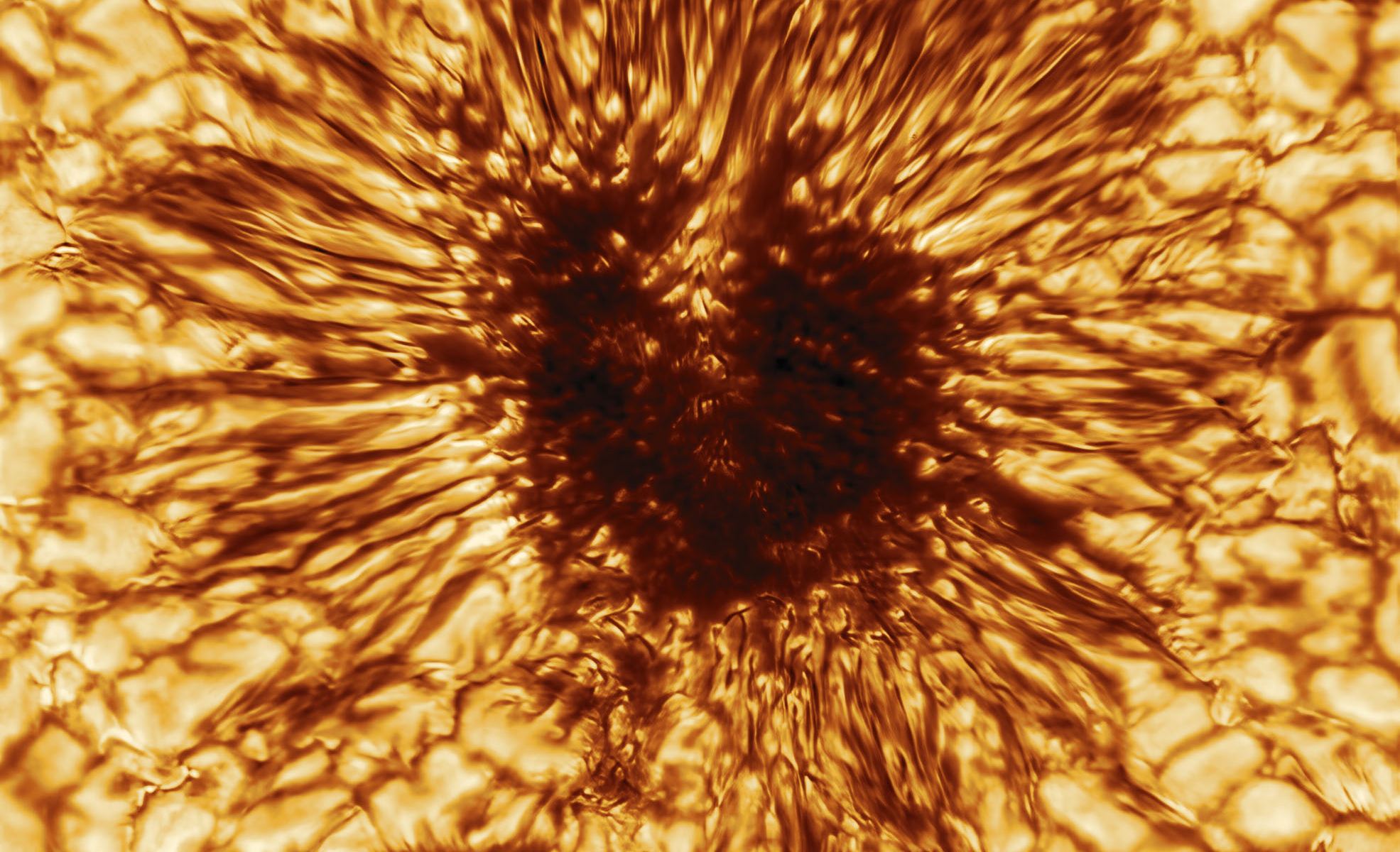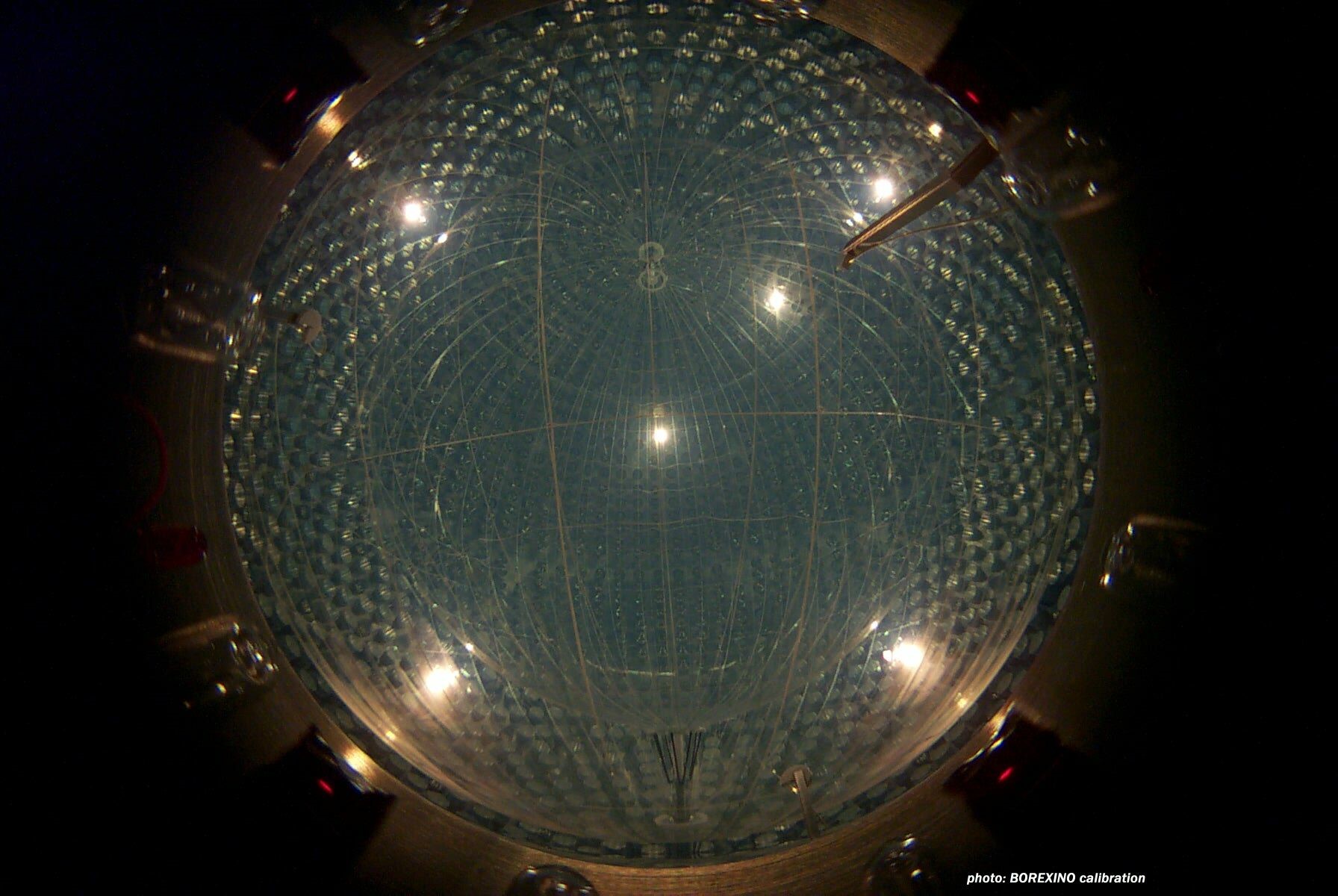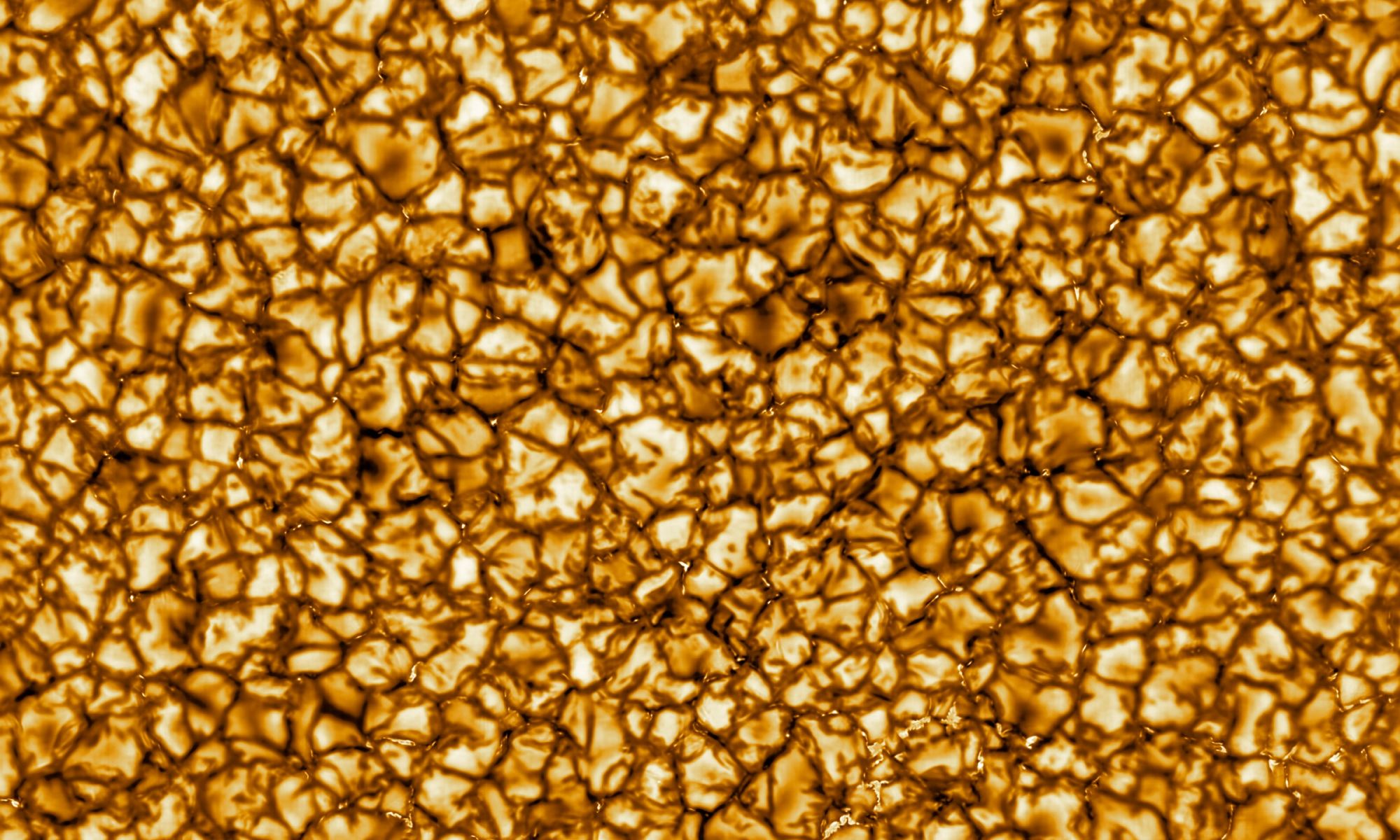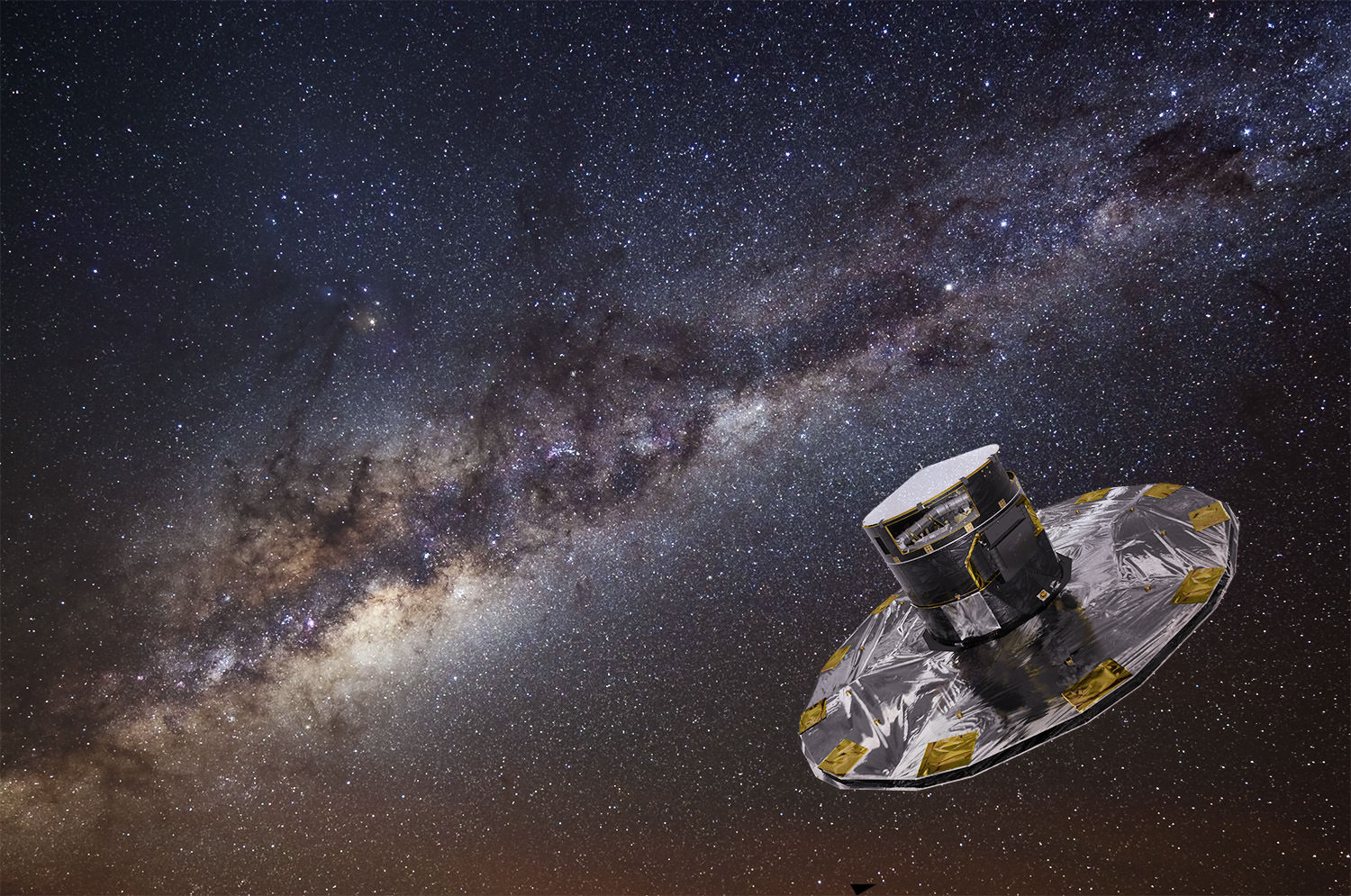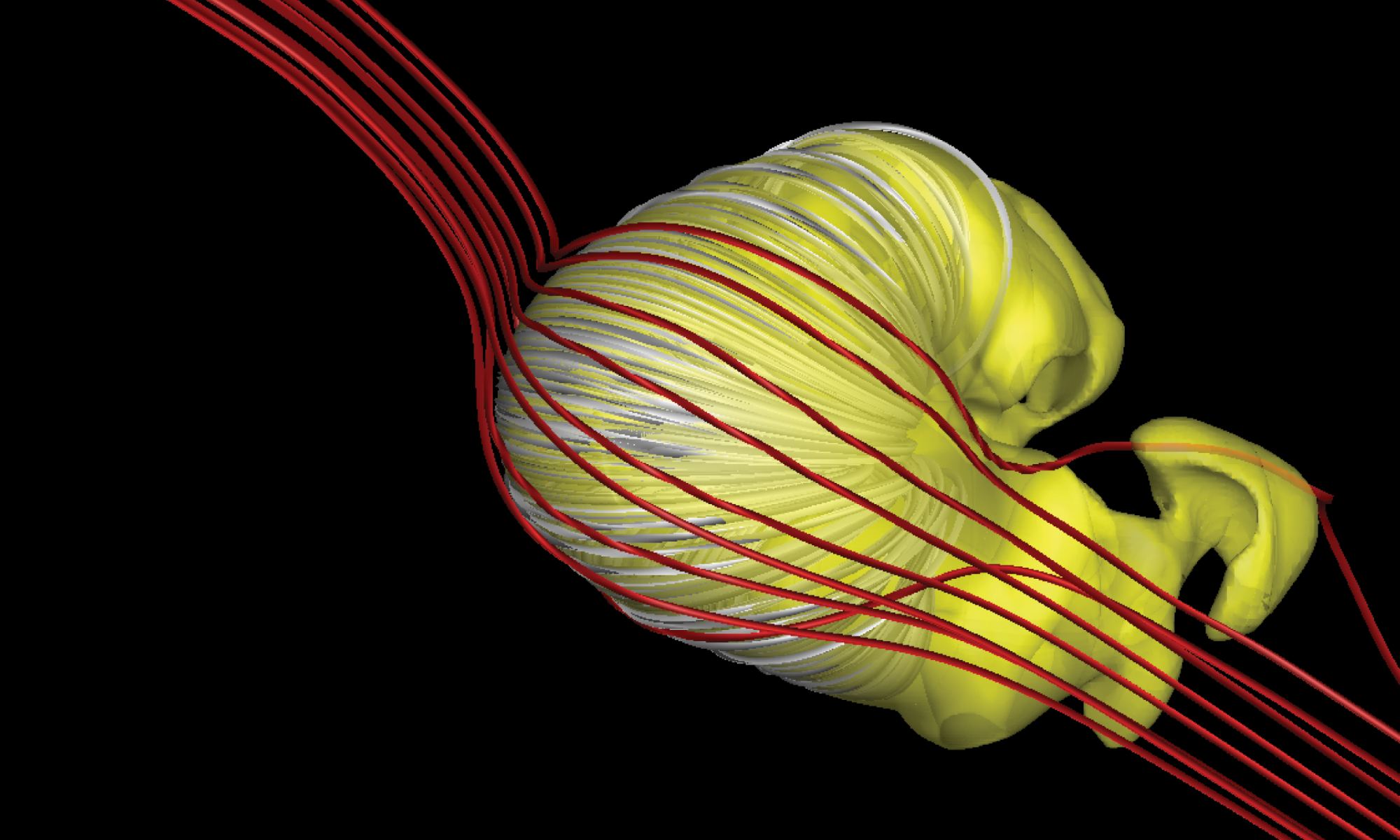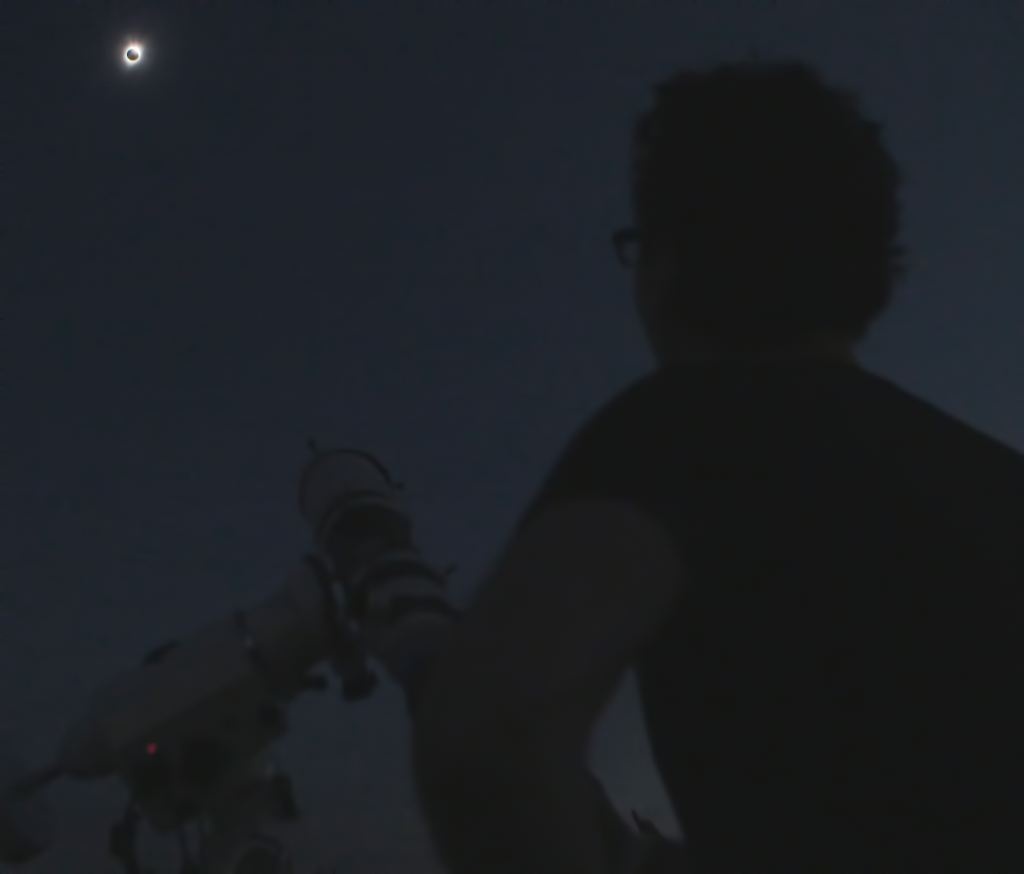The Sun has a lot of rhythm and goes through different cycles of activity. The most well-known cycle might be the Schwabe cycle, which has an 11-year cadence. But what about cycles with much longer time scales? How can scientists understand them?
As it turns out, the Sun has left some hidden clues in tree rings.
Continue reading “Tree Rings Reveal 1,000 Years of Solar Activity”
